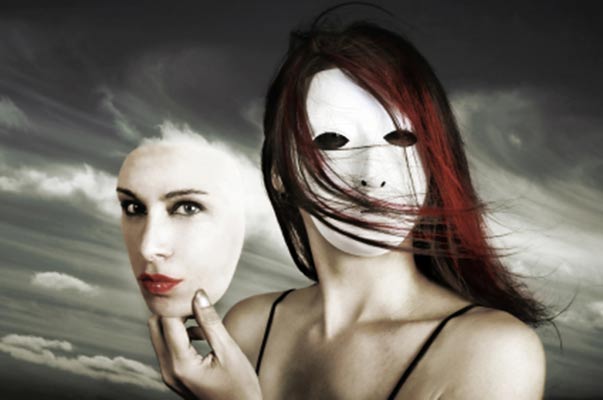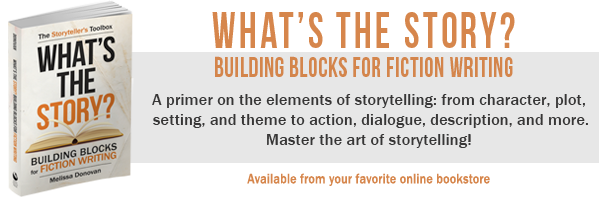The hero, the mentor, the sidekick. We’re all familiar with archetypal characters in storytelling. We’ve seen them before. We know the roles they play.
Archetypal characters shouldn’t be confused with stock characters or stereotypical characters. Although we’ve seen all these characters before and will surely see them again, stock and stereotypical characters are based on character traits; archetypes are based on the characters’ purpose within a story.
Characters’ Function in Story
Archetypal characters fulfill a specific function in a story. The herald signals change or the beginning of an adventure. The mentor imparts gifts, skills, or knowledge to the hero. The threshold guardian tests the hero or blocks the path forward.
Stock characters feel familiar because they embody a personality type — behaviors and attitudes that we’ve seen before in similar characters. The tough guy, the girl next door, and the wise old man or woman are all examples of stock characters. They may serve a purpose in the story (somebody has to serve the main characters at a restaurant), but what stands out is their personality, which sometimes feels cliché.
Stereotypical characters reflect social stereotypes, which are widely held and often inaccurate or misleading beliefs about groups. Stereotypes occur when traits, behaviors, and attitudes are assigned to an entire group. They are often based on race, religion, gender, or geographical origin, and they are usually negative. Stereotypes make irrational assumptions about individuals based on the group to which they belong.
How can we tell the difference between an archetype, stock character, or stereotype? Let’s use the Knight in Shining Armor and a Damsel in Distress as examples. The damsel functions as a plot device, providing the hero with a goal (to save her), and the knight functions as a hero whose primary goal is to rescue the damsel. But the function these characters perform within a story (to save or be saved) need not be assigned to a damsel or a knight. A child could save a puppy. A witch could save a wizard. Or a lifeguard could save a swimmer.
If we remove the personality traits, we’re left with the function: give the hero someone or something to save, i.e., an archetypal function.
Archetypal Characters from The Hero’s Journey
Joseph Campbell discovered archetypal characters that exist in stories throughout time and across space. He presented his findings in the Monomyth (or Hero’s Journey), and Christopher Vogler later adapted Campbell’s findings in his book, The Writer’s Journey (aff link). Let’s take a look at the eight archetypes of the Hero’s Journey:
- Hero: Protagonist who undergoes a meaningful transformation over the course of a story and who often changes the conditions of the story world for the better.
- Herald: Signals that an adventure (or change) is imminent.
- Mentor: Teacher and guide.
- Threshold Guardian: Blocks a threshold that the Hero must pass; tests the Hero.
- Shadow: The villain and other characters that stand in the Hero’s way; often they embody the Hero’s negative or undesirable traits.
- Shapeshifter: A character or entity whose motives or intentions are unclear.
- Trickster: Comic relief; Tricksters are often catalysts for change.
- Allies: The Hero’s friends and helpers.
You’ll often see these archetypes in various combinations in storytelling. Some stories may not use a shapeshifter while others might have more than one trickster. A single character can embody multiple archetypes. For example, the character that performs the function of the Herald might also be a Trickster. The Mentor could act as the Threshold Guardian.
Other Archetypal Characters
The Hero’s Journey isn’t the only source of archetypal characters. There are other types of stories and other archetypes in fiction. Here’s a small sampling:
- Anti-hero: This is an inverted hero, the protagonist is not likable or engages in despicable or immoral behaviors.
- Audience surrogate: A stand-in for the audience, to inject questions and thoughts on behalf of the audience.
- The Chosen One: A type of hero who is destined for greatness or tragedy rather than earning it through the choices they make of their own free will.
- The Cynic: This untrusting character often provides skepticism or challenges the status quo.
This is just a small sampling of archetypes you might find in fiction. You can have a lot of fun identifying archetypes, but make sure each one performs a function rather than represents a behavior or personality type. A common archetype I’ve noticed is The Oppressor, a character who uses their power to rob other characters of their rights, freedoms, and justice. The Misfit is a character that doesn’t fit in with mainstream society and either learns to fit in or eventually learns to be true to who they are.
Using Character Archetypes
Character archetypes can come in handy during the story development process. You might write a draft or outline and feel that it’s missing something. Maybe your story needs one of the character archetypes to mark the stages and progress of your protagonist’s journey.
Have you ever intentionally used archetypes in your stories? Are there any character archetypes you’ve noticed in fiction that aren’t mentioned here? Share your thoughts by leaving a comment, and keep writing.






Thanks, Melissa, for defining this as a simple formula: archetype = function.
You’re welcome. There seems to be a lot of confusion out there that equates archetypes with personality types or stereotypes. I’m glad I could help clarify.
thanks for helping me to understand about the story telling
You’re welcome!
I regularly use character archetypes. One of my favourites is the “Storm Karl” (Beowulf and a few Icelandic sagas) Simply meaning a servant who brings unwelcome news. Though I have modified this character (who creeps up in a few books) to be part Bard, singer or storyteller and the bringer of news. Usually, bad. I call him the “Stromkarll”.
I often use the “wise old man or woman” Archetype though often making them a mythical being with extensive knowledge beyond human ken.
One way I have found to make this use of archetypes plausible is to use a character that has knowledge of nothing other than their own little world. In one of my earlier books, I tried this with a creature called a “moonchild” who lived below a tree in the forest and knew the movements of small creatures, worms, mice, insects, rabbits, burrowing things but knew of nothing else. You can then learn with the unkowing. I thought it a great way to innovate “The Fool”
Anyway back to the point Archetypal charaters can be good as long as they are not too predictable. At least thats my opinion.
Excellent piece. Melissa. Thanks.
Thanks, Raymond. Yes, archetypal characters are quite useful. We can also have some fun merging them (i.e., a trickster who also acts as a threshold guardian, for example). Great ideas!